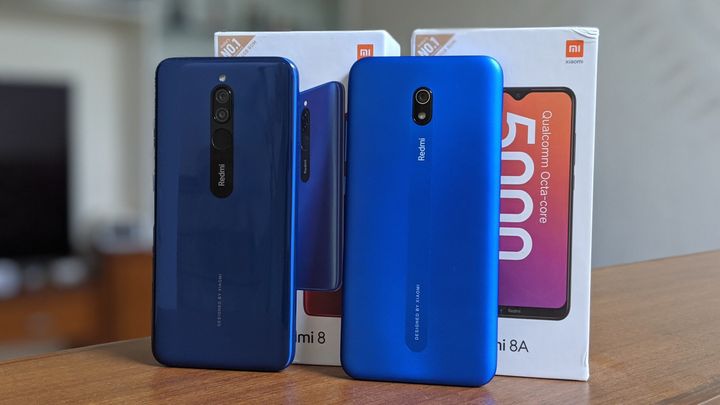
The efficiencies of scale that help drive Xiaomi’s aggressive pricing in the budget segment are well known, but nowhere is it more evident than the one-two punch its Redmi brand lands in the entry-level segment with the newly launched Redmi 8 and Redmi 8A.
With Realme coming out swinging and making inroads in Xiaomi’s well-entrenched presence in several price segments, the pressure is on Xiaomi to keep things fresh and compelling. Here’s what you need to know about Xiaomi’s renewed push for the entry level.
The Redmi 8 3GB RAM + 32GB storage variant starts at Rs. 7,999 and the 4GB RAM + 64GB storage variant is priced at the same Rs. 7,999 for the first 5 million customers (normal price Rs. 8,999). The Redmi 8A starts at Rs. 6,499 for the 2GB RAM + 32GB storage variant, with just a Rs. 500 bump up in price for the 3GB RAM + 32GB storage variant.
For the latest news and more, follow HuffPost India on Twitter, Facebook, and subscribe to our newsletter.
Design and Display
Coming in at such aggressive price points, the design of the Redmi 8 and Redmi 8A is a lot more premium than you’d expect, and both are a testament to how far budget phone design has come.
With the Redmi 8, you get a glossy polycarbonate design that attracts its fair share of smudges but looks rather slick in use. The Redmi 8A, on the other hand, has a matte-finish texture on the rear shifts subtly between hues of blue as it catches the light.
Interestingly, Xiaomi has moved the entire Redmi 8 series to USB-C, which is a great move, particularly at this price point, as it bumps up the charging speeds to 18W fast charging on both phones, though you’ll have to put down some extra cash to take advantage of this–both phones ship with 10W charger in the box.
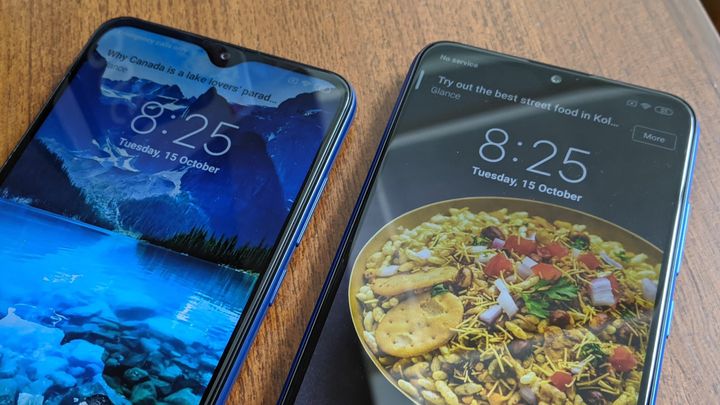
You’ll get FM radio, headphone jacks and dual-SIM + dedicated microSD slots on both phones, though the Redmi 8A loses out on the infrared blaster (a Xiaomi staple) and the fingerprint sensor. Turn them around, and both devices are dead ringers for each other—they use the same 6.2-inch IPS LCD display with a waterdrop notch and a prominent Redmi logo on the chin.
At this price point, you’re (expectedly) getting a HD+ (720 x 1520 pixel) resolution, but there’s at least Gorilla Glass 5 for daily wear and tear and the screens are bright enough for outdoor use.
Performance and Internals
Both phones share the Qualcomm Snapdragon 439 chipset, though the Redmi 8 ships with a minimum of 3GB of memory compared to the 2GB that the base variant of the 8A. The step back to a 400 series Qualcomm chip is a step back in some senses, particularly if you enjoy your games.
General performance is fine, though multitasking between apps takes a bit of time, particularly on the 2GB variant of the Redmi 8A. The bigger hit is in gaming performance, and if you trying playing a game like Asphalt or PUBG, you’ll see frame drops ever so often, and you really can’t use the high graphics settings either.
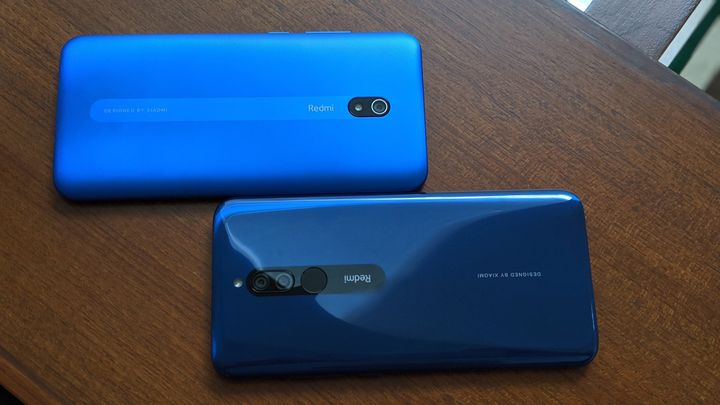
Par for the course, really, and if you’re the casual gamer, you should be just fine. MIUI 10 atop Android Pie is well, MIUI… with all its great set of tweaks, themes and features, plus the bloatware of preloaded apps and ads popping up every now and then.
Cameras
The primary shooter on the Redmi 8 and 8A is the 12MP Sony IMX363 sensor, which is no pushover as it powers the capable Pixel 3a series that cost nearly 5-6 times as much. The output is rather entry level, to be honest—outdoor shots are good looking with Xiaomi’s AI smarts bumping up the contrast to deliver punchy looking images but try shooting in less than ideal lighting and the detail levels drop, and images have a general fuzzy quality about them.
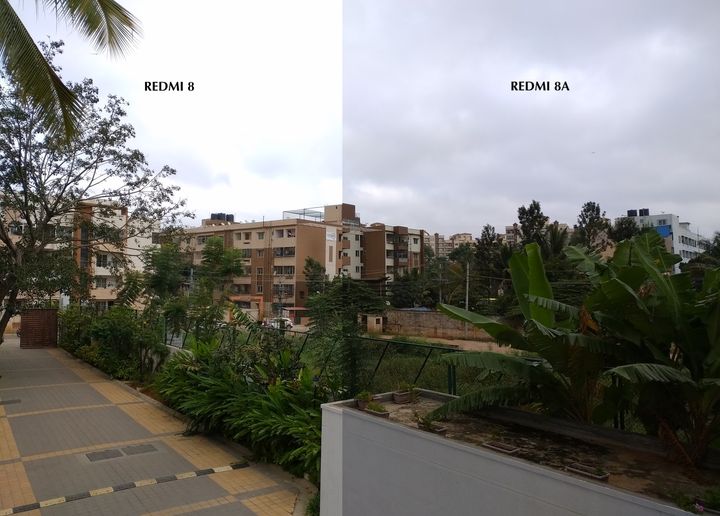
The Redmi 8 has a dedicated 2MP depth sensor for portrait mode shots which aids the edge detection a fair bit over the 8A’s general hit-or-miss affair. You’re not buying these phones for their shooting prowess, that’s for sure.
Battery Life
What you do get with both the Redmi 8 and the Redmi 8A are capacious 5,000mAh batteries which, when coupled with the low power consumption of the 439 chipset, makes the phones go the distance, and then some. Two to three days of use is rather easy, depending on how much you use the phone, and charging is plenty fast if you pick up the 18W fast charger.
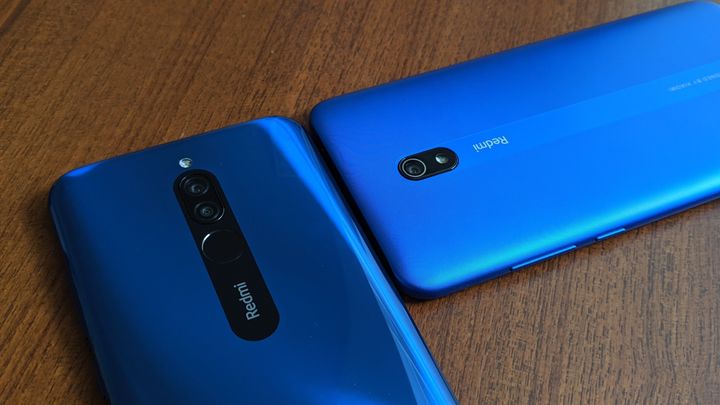
Redmi 8 and Redmi 8A—Verdict
These are Xiaomi’s workhorse phones for those who need a usable phone experience and great battery life for not a lot of money. If you’re not hung up on great camera performance, both phones are great picks at their respective price points. If you’re shopping for an entry-level smartphone on a budget, you cannot go wrong with either.